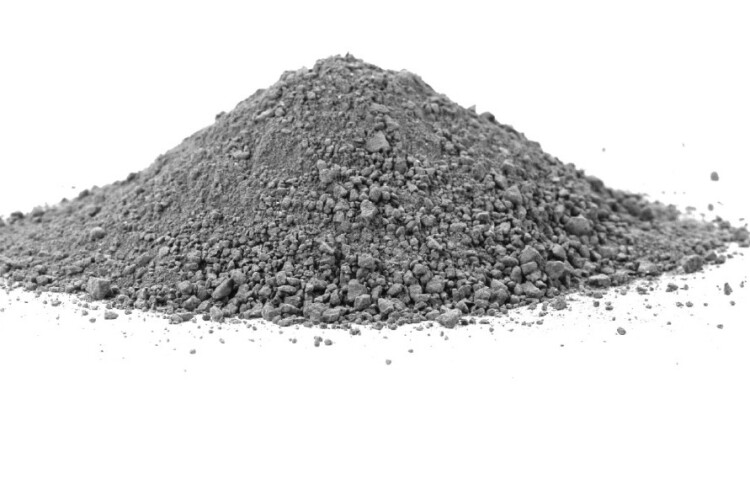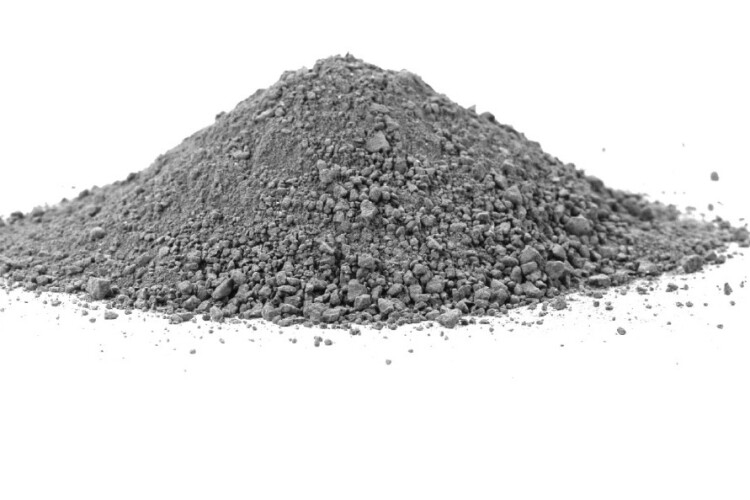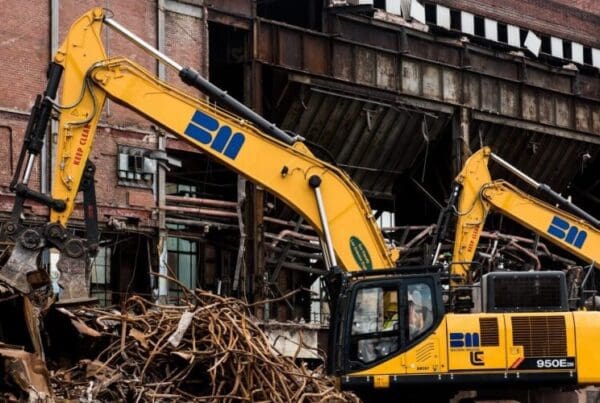Banagher has been using Cementene, a proprietary water-based graphene admixture produced by Gloucestershire-based materials engineering company Versarien.
According to Versarien, Banagher’s initial results demonstrate the potential to reduce CO2 emissions from concrete without impacting its performance.
The production of 1 kg of Cementene is estimated to generate approximately 1.44 kg of CO2 emissions and approximately 5 kg of Cementene is used per cubic metre of concrete. The production of 1 kg of OPC emits approximately 0.8 kg of CO2 and 500 kg of OPC is used per cubic metre of Banagher’s precast concrete. Therefore, the removal of 20% of OPC in the precast concrete mix (approximately 100 kg) equates to a net saving of approximately 72.8 kg of CO2 emissions per cubic metre of concrete poured, it says.

Based on Banagher’s average 60,000 cubic metre output of concrete per year, the savings achieved in these trials mean that the incorporation of Cementene could offer almost 4.4 million kg of CO2 savings per year. The extra costs were not disclosed, but are “competitive for this level of emissions reduction”, according to Versarien chief technology officer Stephen Hodge.
Banagher Precast Concrete technical director Peter Deegan said: “We have been trialling many alternative additions to our concrete mixes in the drive to net zero 2050, graphene in a liquid state is one such product. Our new UKAS/INAB accredited laboratory has allowed us to quantify any improvements in performance based on compression testing, chloride migration, water absorption and much more. While still at an early stage, we are finding very positive results and aim to continue with the research right through to scaling up at our production plant. We are confident that graphene will play a major role in carbon reduction in the future.”
Got a story? Email news@theconstructionindex.co.uk





